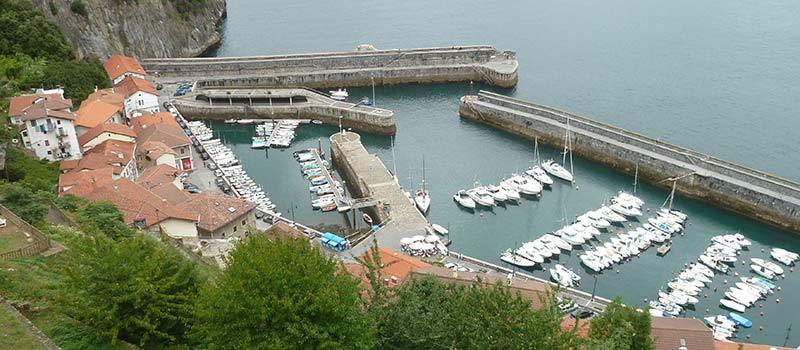3 Types of Marine Structures & How They Shape the Industry
Last Updated on

Metal’s relationship to marine structures is necessary to the continuation of trade and vital to manage natural resources.
- Ports and jetties are the access point to the oceans and require specific fortifications to maintain longevity.
- Platforms offer an anchored presence to a specific area in the ocean for commercial use.
- Semi-submersibles and floating platforms can effectively transport materials from mining and drilling back to the shore as well as provide mobile drilling systems.
All of these marine structures can be additionally fortified by using cathodic protection to varying degrees of efficacy. These applications make the industry rife with uses for the metals and alloys specifically designed to withstand the trials of ocean faring.
1. Steel Piling for Ports: Marine Structures’ Solid Foundation in a Turbulent Environment
Steel pilings form the basis for for many underwater structures.
The variety of pile types serves to cater to different functions based on load and depth.
Bearing piles (including universal H piles, tubular section piles, and fabricated box piles) tend to serve berthing and mooring locations, while interlocking piles (including high modulus walls and straight web piles) can be used for breakwater and other harbor works.
The two basic types, when combined, lay the foundation for permanent underwater structure building.
2. Platforms for Drilling: Fixed Versus Floating
There is a wide range of offshore platforms in use for oil drilling today. Generally speaking, the type of platform used is related to depth and specific application. Either type is susceptible to breakdown and corrosion and repaired by underwater welders.
Fixed Platforms for the Long Haul
Fixed platforms and compliant towers are anchored directly into the seabed with concrete or steel legs.
Both of these are designed for shallower drilling sites and long-term use, with compliant towers able to reach depths of 3,000 feet. The added depth requires additional flexibility for the tower to compensate for the added strain of waves and wind.
Floating Platforms: Mobile for Multi Use
Floating platforms can be moved from one site to another. These include semi-submersible platforms and floating production systems.
Semi-submersible platforms function by way of anchors dropped from each of the legs which keep them in position while drilling at a depth up to 10,000 feet. These anchors can be completely withdrawn so that the platform can be transported.
Floating production systems are mainly used for storage and processing of materials, though they can also be used for drilling up to 6,000 feet deep. Floating production systems are usually ships and can be moved more easily than any other type.
Drillships are more focused than floating production systems as their primary use is exploratory drilling. These are highly specialized marine ships that are equipped with positioning systems and can drill at depths around 12,000 feet.
Anchored for Strength: 3 Semi-submersible Designs
Other variants of semi-submersible platforms include sea star, tension leg, and spar designs. These systems are not mobile as their sheer size requires direct anchoring to the sea floor.
They operate at various depths, ranging from 3,500 feet for the sea star, to 7,000 feet for the tension leg, to 10,000 feet for the spar platform.
Both the sea star and tension leg designs are extension of the standard semi-submersible with the main differences in how they are anchored to the sea floor below.
The spar platform is the most unique platform type, using a giant metal cylinder to balance the platform in place along with anchor lines to prevent drifting. This cylinder can reach about 700 feet deep and is massively dense, weighing upwards of 26,000 tons.
3. Fighting Back Corrosion Using Cathodic Protection

With so much invested in marine structures that are permanently submerged, it makes a lot of sense to safeguard the metals from corrosion.
Though gradual wear and tear has always been a concern for structures in the long term, there is increased interest in protecting structures near the shore in identified “low water zones.” This is due to bacterial-induced corrosion known as accelerated low water corrosion (ALWC).
Though different coatings of the metals can provide additional protection, most structures are supplemented with sacrificial metals in a process known as cathodic protection. Zinc is the most commonly used metal for this purpose as it is widely available and it has a relatively low electrode potential.
Other materials can be substituted based on the composition of the metal is protected and where it is located, as in the case of impressed current systems and pipelines.
Marine Structures Advancing Our Underwater Technology
Metal structures are primarily used for port functionality and offshore drilling. Additional applications for marine structures exist for transporting materials from site to shore and protecting metals against corrosion with cathodic protection.
The needs of our economy necessitate such marine structures and offer an opportunity to advance technology that will shape our future.
